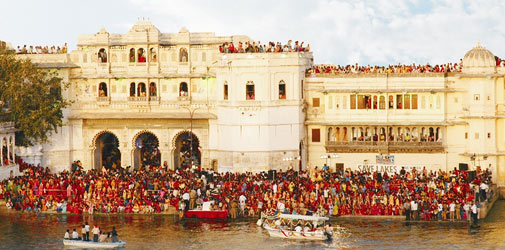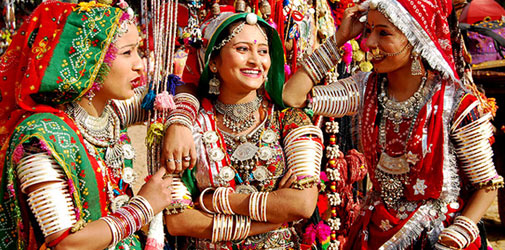Economy of India
India, a land of rich culture, is the second most populous country of the world. And area wise, it is the seventh largest nation. Our Indian economy has undergone a tremendous change, with the implementation of a series of economic reforms. These reforms focused attention on deregulating the country and inducing foreign investments. Eventually, it paved way for India occupying a position among the top countries in the fast growing Asia Pacific region. The Indian economy is the eleventh largest in the world. Under purchasing power parity (PPP), it is the third largest. Read on to explore further information about the economic conditions in India.
India has the largest democracy in the world and has experienced stability, since its independence. India’s political institutions have encouraged the growth of an open society, where people can express themselves freely. It is a true example of a free economy. When the talk is about the economy of India, it can be, undoubtedly, said that it provides complete security to its foreign investors. It promotes a transparent environment that includes a free press and a proper legal and accounting system. India has a competitive and dynamic private sector that forms the backbone of India’s economic activities. It also accounts for 57.2% of India’s Gross Domestic Product. On the other hand, the industrial and agricultural sectors account for 28.6% and 14.6%, respectively.
With a growth of over 200 times in per capita income from 1947 to 2011, India is one of the fastest growing economies in the world. The extensive increase in the size of the middle class consumer led to its rapid growth. Currently, India is the nineteenth largest exporter and tenth largest importer in the world. The four factors that contribute to the economic growth of India are: human resources (labor supply, education, discipline, motivation), national resources (land, minerals, fuels, environmental quality), capital formation (machines, factories, roads), and technology (science, engineering, management, entrepreneurship).
India has established itself as one of the most aggressively emerging markets of the world, by harnessing the talent and skills of its managerial and technical manpower. It offers a lot of scope for joint ventures and mergers. Its abundant workforce provides India a competitive edge in the global market. The economy is vast and varied and consists of traditional village farming, modern agriculture, handicrafts, a wide distinctive range of modern industries, and a large number of support services. The major industries comprise of telecommunications, textiles, chemicals, food processing, steel, transportation equipment, cement, mining, petroleum, machinery, software and pharmaceuticals.
In the recent times, the Indian government has become more liberal and has reduced its control on foreign trade and investment and is heading its way towards privatizing the domestic sector. With investments, business and FDI increasing over the last few years, India is termed among the few most attractive destinations on the global map. The right combination of uptrending consumption, robust job creation, and growing financial penetration, India is urbanizing at a fast pace, thus, establishing itself as a strong nation on economic grounds. The top five vibrant cities for employment and business opportunities are Bengaluru, Chandigarh, Hyderabad, Pune and Chennai.
Since 1990, the economy of India has witnessed a decent growth rate of 6.5% and has been successful in overcoming poverty by about 10%. The strength of India lies in its vast pool of educated and skilled citizens. But, the weakness of India is the continuing public-sector budget deficit, which is nearly 10% of GDP.





